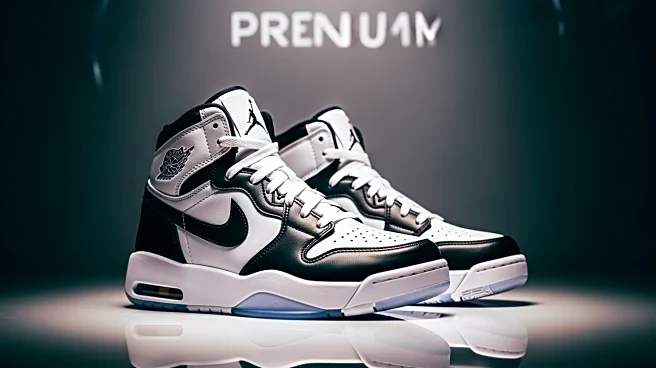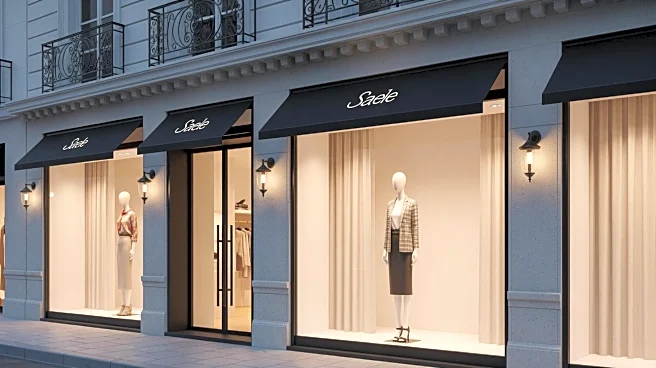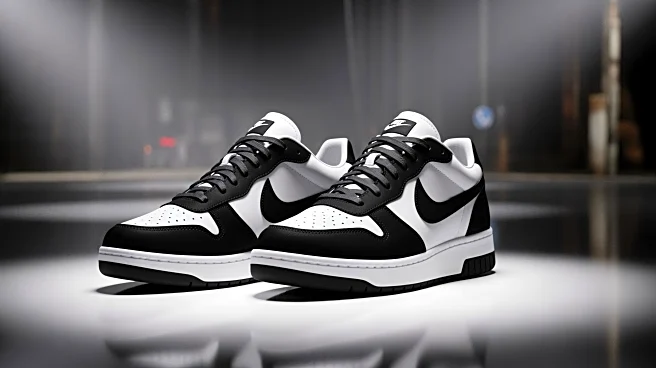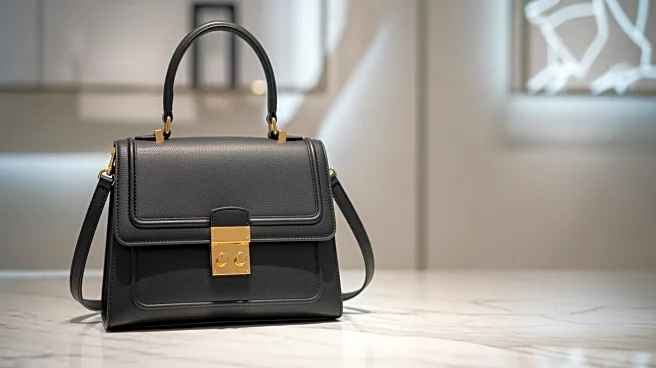What's Happening?
The Air Jordan 12 'Taxi' sneakers were released globally on November 8, marking the first return of the original colorway in ten years. Despite expectations, the shoes did not sell out, which is unusual for a Jordan Brand release. The sneakers are available
in full-family sizing, with prices ranging from $90 for toddler sizes to $215 for adult sizes. The 'Taxi' colorway, inspired by New York City's iconic yellow cabs, features a white leather upper with black reptile-textured mudguards and gold accents. The release was anticipated by sneaker enthusiasts and resellers, but the lack of immediate sell-out has left many surprised.
Why It's Important?
The unexpected availability of the Air Jordan 12 'Taxi' sneakers highlights a shift in consumer behavior or market dynamics within the sneaker industry. Typically, Jordan Brand releases are met with high demand, often leading to quick sell-outs and high resale prices. This development may indicate changing preferences among sneaker buyers or a saturation of similar products in the market. For resellers, the situation could lead to reduced profit margins as the shoes are currently priced below retail on platforms like GOAT and StockX. Retailers and the Jordan Brand may need to reassess their strategies to maintain consumer interest and sales momentum.
What's Next?
The continued availability of the Air Jordan 12 'Taxi' may prompt retailers and Jordan Brand to evaluate their marketing and release strategies. If the trend of unsold inventory persists, it could lead to adjustments in production volumes or pricing strategies to better align with consumer demand. Sneaker resellers might also reconsider their approach, focusing on more exclusive or limited releases to ensure profitability. The broader sneaker market may see shifts in consumer preferences, potentially influencing future designs and collaborations.
Beyond the Headlines
The release of the Air Jordan 12 'Taxi' without the expected sell-out could reflect broader economic conditions affecting discretionary spending. As consumers become more selective in their purchases, brands may need to innovate or offer unique value propositions to capture attention. Additionally, the cultural significance of sneaker releases, often tied to nostalgia and celebrity endorsements, may be evolving, requiring brands to adapt to new consumer values and interests.














